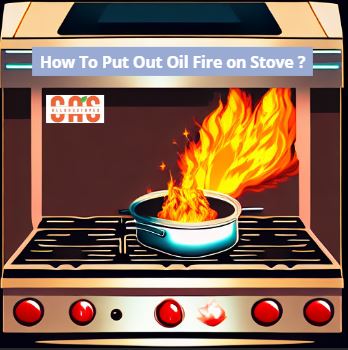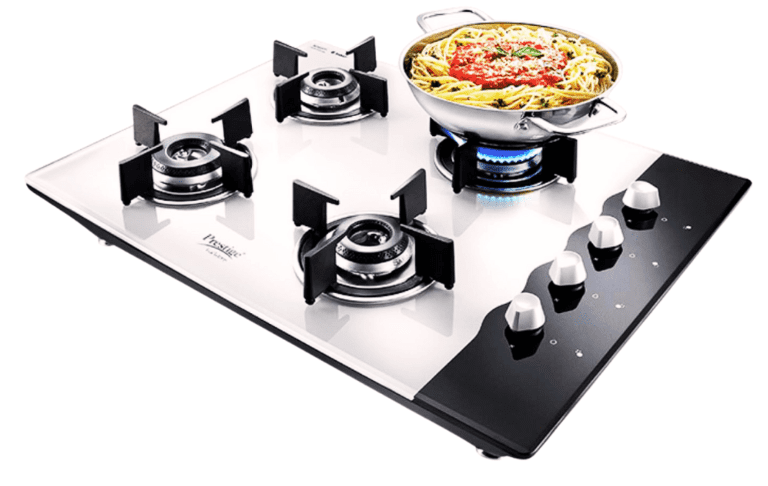7 Things to Consider Before Buying a Gas Stove
When I decided it was time to replace my old electric cooktop, I knew I wanted to switch to a gas stove. The idea of having better heat control and a more professional cooking experience really appealed to me. But I quickly realized that buying a gas stove isn’t as simple as walking into a store and picking the prettiest model. There were so many things to think about! After a lot of research and reflection, here are the seven most important things I considered before making my final choice:
1. Kitchen Compatibility
The very first thing I had to check was whether my kitchen could even support a gas stove. Did I have a natural gas line? If not, could I get one installed? In some areas, natural gas isn’t readily available, and you might need to rely on propane. I also had to ensure proper ventilation, especially if I was going for a more powerful model. These are technical but crucial details. If your kitchen setup isn’t ready, you might face additional installation costs or safety issues.
2. Size and Number of Burners
Gas stoves come in various sizes, and choosing the right one depends on how much cooking space you need and how many people you usually cook for. For me, a standard 30-inch stove with four burners was enough. But I also considered going for a 36-inch model with five or six burners for added flexibility. If you cook large meals or entertain often, extra burners can make a huge difference.
3. Cooktop Material and Build Quality
Durability is everything. I made sure to look for a gas stove with a stainless steel surface because it’s not only durable but also easier to clean. Some models had tempered glass tops, which looked beautiful but didn’t seem as sturdy. The quality of the burner grates mattered too—cast iron is heavy and solid, whereas lightweight grates might not last as long.

4. Safety Features
Safety was non-negotiable for me. I looked for models with flame failure protection—this feature automatically cuts off the gas supply if the flame goes out unexpectedly. It gave me peace of mind, especially since I have kids at home. Some models also include child safety locks or automatic ignition systems, which reduce the risk of accidental gas leaks.
5. Ease of Cleaning
Cleaning a gas stove can be a hassle if you choose the wrong design. I specifically wanted sealed burners because they prevent food and spills from getting inside the burner mechanism. Removable grates and drip trays were also a must. I learned from past experience that easy-to-clean features save a ton of time and frustration.
6. Price vs. Features
Setting a realistic budget helped me narrow down my options. High-end models offer extras like convection ovens, digital controls, or even Wi-Fi connectivity—but I had to ask myself whether I really needed those things. In the end, I chose a mid-range model that had solid performance and the basic features I truly cared about. Sometimes, spending more doesn’t always mean better value.
7. Brand Reputation and Warranty
Lastly, I looked into brands known for reliability and good customer service. I read reviews, asked friends for recommendations, and even visited showrooms to get a feel for different models. I also made sure to choose a stove with a good warranty and accessible after-sales service. Trust me, it’s not something you want to overlook.
Buying a gas stove was a bigger decision than I expected, but taking the time to think through these seven points really helped me make the right choice. Now, every time I cook, I’m glad I did my homework—it’s made a real difference in how I enjoy my kitchen. If you’re considering a gas stove, I hope these tips help guide you, too!






